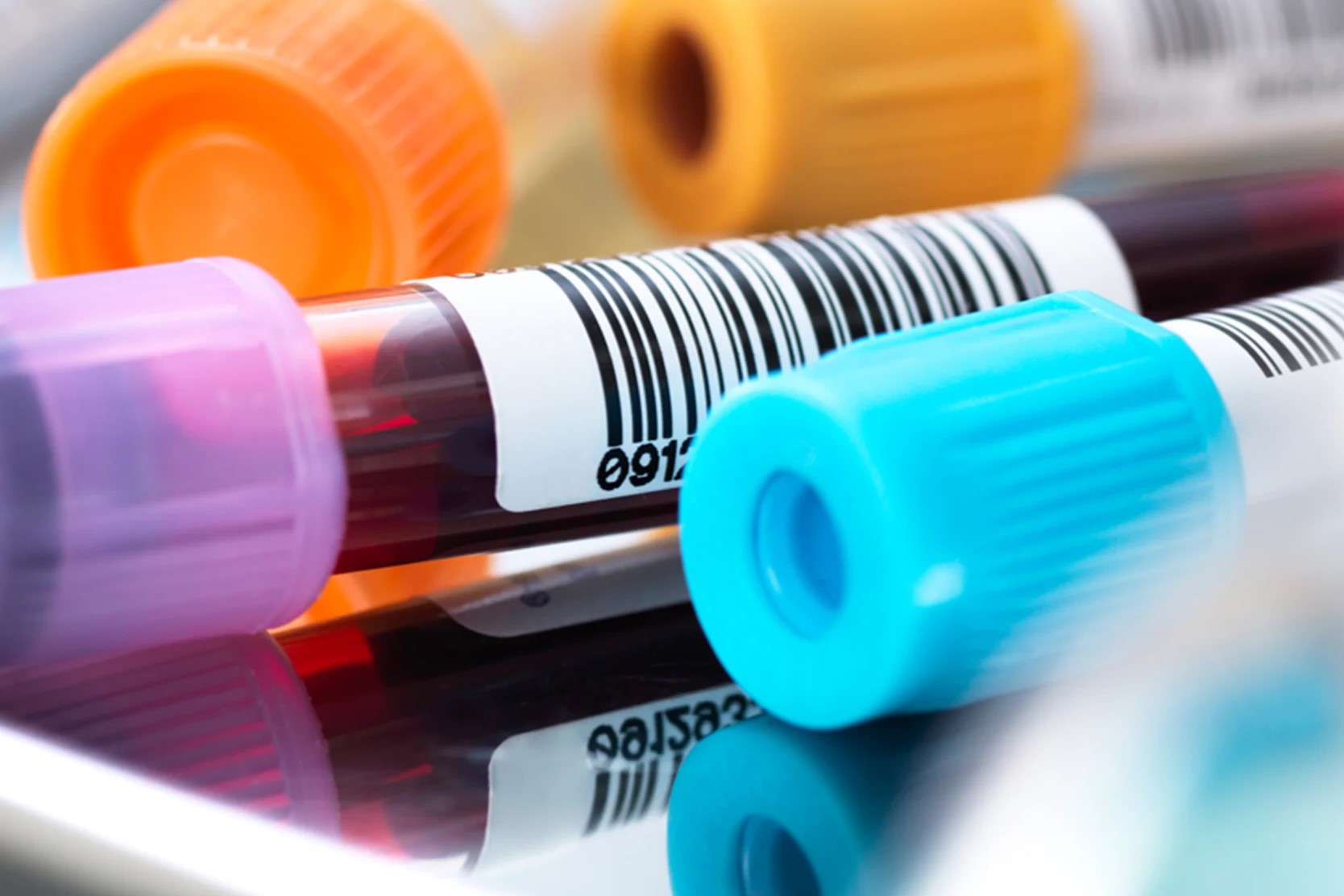
Ever wondered what the Coombs test is and why it's important? This simple blood test, also known as the antiglobulin test, helps detect antibodies that can cause your immune system to attack your own red blood cells. Why does this matter? Because it can identify conditions like hemolytic anemia, which can lead to serious health issues if left untreated. There are two types of Coombs tests: the direct Coombs test and the indirect Coombs test. Each serves a unique purpose in diagnosing different medical conditions. Want to know more? Keep reading to uncover 50 fascinating facts about this essential medical test.
Key Takeaways:
- The Coombs test is a blood test that helps diagnose conditions where the immune system attacks red blood cells. It's crucial for diagnosing anemia, managing pregnancy, and detecting certain infections and cancers.
- The Coombs test has limitations, including the possibility of false results and the need for expert analysis. It's not a standalone diagnostic tool and may require additional tests for accurate diagnosis.
What is the Coombs Test?
The Coombs test is a blood test used to detect antibodies that act against the surface of your red blood cells. It helps diagnose conditions that cause your immune system to attack your own red blood cells.
- Named after British immunologist Robin Coombs, who developed it in 1945.
- Also known as the antiglobulin test.
- There are two types: direct and indirect.
- The direct Coombs test detects antibodies attached to red blood cells.
- The indirect Coombs test finds antibodies floating in the bloodstream.
- Often used to diagnose hemolytic anemia.
- Helps in blood transfusion compatibility testing.
- Essential in prenatal testing for Rh incompatibility.
- Can detect autoimmune hemolytic anemia.
- Used to monitor hemolytic disease of the newborn.
How is the Coombs Test Performed?
Understanding how the test is conducted can help ease any anxiety about the procedure. It’s a simple blood test, but knowing the steps can be reassuring.
- A blood sample is taken from a vein in your arm.
- For newborns, blood is usually taken from the heel.
- The sample is then sent to a lab for analysis.
- In the lab, the blood is mixed with Coombs reagent.
- If agglutination (clumping) occurs, the test is positive.
- The test takes only a few minutes to perform.
- Results are typically available within a few hours.
- No special preparation is needed before the test.
- It’s a low-risk procedure with minimal discomfort.
- Sometimes, multiple samples may be needed for accurate results.
Why is the Coombs Test Important?
The Coombs test plays a crucial role in diagnosing and managing various medical conditions. Its importance cannot be overstated.
- Helps diagnose autoimmune diseases.
- Identifies hemolytic reactions in blood transfusions.
- Crucial for safe pregnancy management.
- Detects Rh incompatibility in pregnant women.
- Prevents hemolytic disease of the newborn.
- Monitors the effectiveness of treatment for hemolytic anemia.
- Helps in the diagnosis of certain infections.
- Can indicate the presence of certain cancers.
- Aids in the diagnosis of drug-induced hemolysis.
- Provides critical information for managing chronic diseases.
Conditions Diagnosed by the Coombs Test
The Coombs test is a diagnostic tool for a variety of conditions. Knowing what it can detect helps understand its broad application.
- Autoimmune hemolytic anemia.
- Hemolytic disease of the newborn.
- Chronic lymphocytic leukemia.
- Systemic lupus erythematosus.
- Rheumatoid arthritis.
- Infectious mononucleosis.
- Mycoplasma pneumonia.
- Syphilis.
- Certain types of lymphoma.
- Drug-induced hemolytic anemia.
Limitations and Considerations
While the Coombs test is highly useful, it has its limitations. Understanding these can help set realistic expectations.
- False positives can occur.
- False negatives are also possible.
- Not all antibodies are detectable by the test.
- Results can be influenced by recent blood transfusions.
- Certain medications can affect test results.
- The test doesn’t identify the specific antibody causing the reaction.
- It’s not a standalone diagnostic tool; other tests may be needed.
- Interpretation of results requires expert analysis.
- May need to be repeated for accurate diagnosis.
- Not useful for diagnosing all types of anemia.
Final Thoughts on Coombs Test Facts
Understanding the Coombs test helps demystify its role in diagnosing blood disorders. This test, crucial for detecting antibodies that attack red blood cells, can be a lifesaver. From hemolytic anemia to Rh incompatibility in newborns, the Coombs test provides essential insights. Knowing these 50 facts ensures you're better informed about its importance and applications. Whether you're a student, a healthcare professional, or just curious, this knowledge empowers you. Remember, the Coombs test isn't just a medical term; it's a vital tool in modern medicine. So next time you hear about it, you'll know exactly what it entails and why it matters. Stay curious, stay informed, and keep exploring the fascinating world of medical science.
Frequently Asked Questions
Was this page helpful?
Our commitment to delivering trustworthy and engaging content is at the heart of what we do. Each fact on our site is contributed by real users like you, bringing a wealth of diverse insights and information. To ensure the highest standards of accuracy and reliability, our dedicated editors meticulously review each submission. This process guarantees that the facts we share are not only fascinating but also credible. Trust in our commitment to quality and authenticity as you explore and learn with us.
